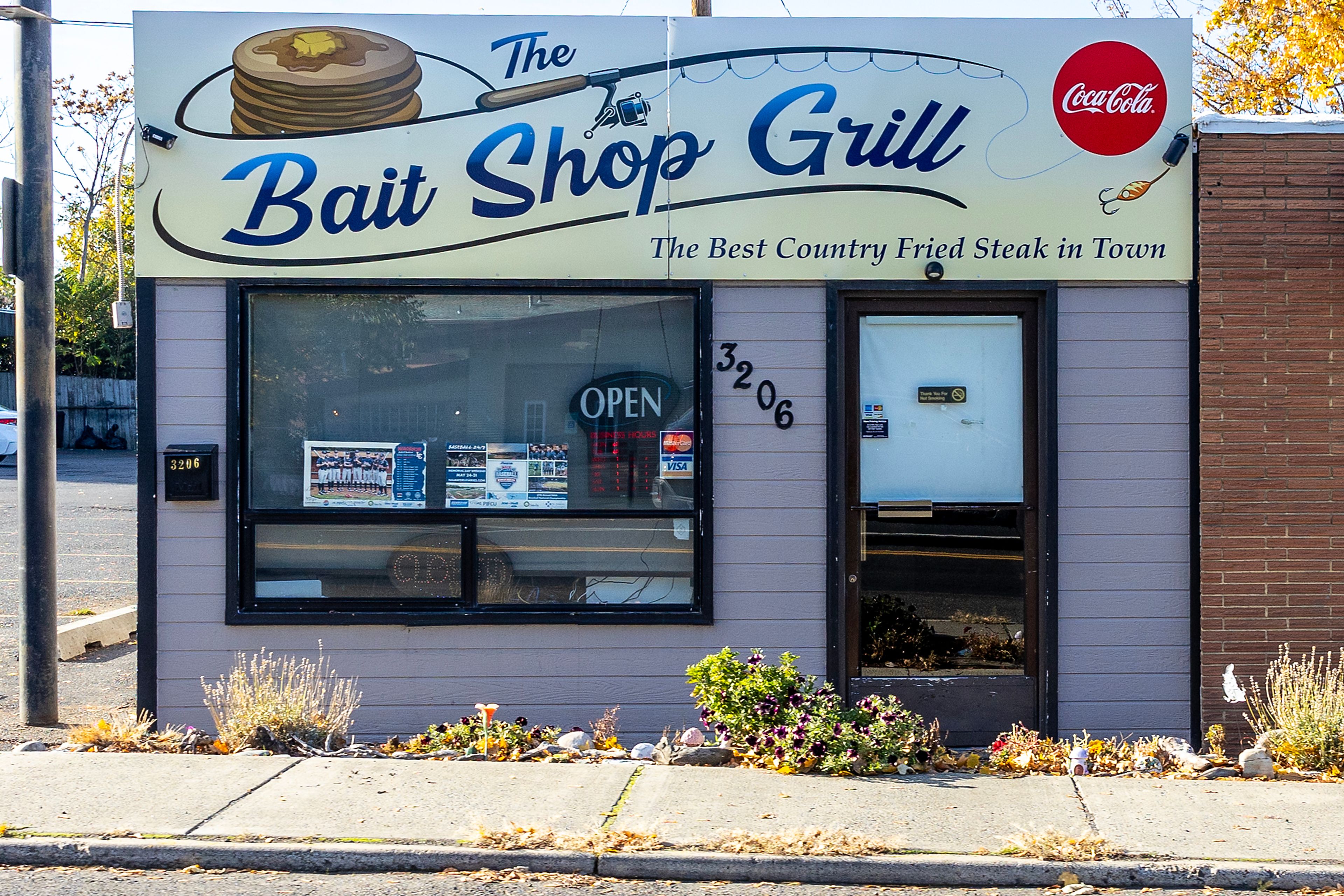Greyhound bus line to vacate downtown Boise terminal
Poor financial performance results in parent company’s downsizing
While the owner of struggling bus carrier Greyhound looks for a buyer, the Dallas-based company is quietly selling off and closing terminals across the country.
In July, Greyhound Lines sold its downtown Boise terminal to a Boise development company. The company plans to close the 60-year-old station at 1212 W. Bannock St. and open a kiosk to serve passengers from the Flying J truck stop on Federal Way. No date has been set for the closure, Greyground spokeswoman Crystal Booker said by email.
Earlier this month, Greyhound closed its downtown Portland, Ore., station and replaced it with a curbside pickup location a few blocks away. A few months earlier, the company sold its iconic 1940 station in Eugene, Ore., and began picking up customers from Lane Transit District’s station in nearby Springfield.
Greyhound’s Denver station is for sale and the company closed its Reno station. Passengers there now board the bus at the city’s Amtrak station.
Greyhound has contracted with more than 100 local transportation agencies nationwide to handle incoming and outgoing passengers. Those arrangements have reduced the need for Greyhound-owned terminals.
“As we move swiftly in the direction of modernizing, upgrading and resizing our facilities, this has been a more common practice,” Booker said. “In areas we are co-located with another or multiple transportation providers, we find it provides a more seamless connection to other modes of transportation.”
Late last year, Greyhound approached Valley Regional Transit and proposed using ValleyRide’s Main Street Station for its buses, according to minutes from a series of VRT board meetings. Greyhound offered to pay Valley Regional Transit $74,419 annually for the service. An agreement was never reached.
The downtown Greyhound depot was built in 1959. Besides Greyhound, it also serves passengers of Northwestern Stage Lines, which provides service between Boise and Spokane. Boise-Winnemucca Stage Lines, which provides charter service, also operates from the depot.
Only two Greyhound buses arrive at the terminal each day: one headed from Denver, on its way to Portland, comes in at 7 a.m. and leaves 45 minutes later. The other, going to Denver, arrives at 10:30 p.m. and leaves at 11:15 p.m.
Last year, Greyhound earned $846.7 million in revenue, down 7 percent from the year before. The decrease stemmed, in part, from shutting down operations in Western Canada. The number of employees dropped from 6,000 to 5,500.
Greyhound is owned by FirstGroup PLC, a Scottish company that also operates First Student, the largest student transportation company in North America. The Boise School District contracts with First Student, which operates 42,500 school buses in North America. Greyhound has only 1,500 buses.
Forty-six percent of FirstGroup’s profits come from First Student, with only 3 percent from Greyhound.
The company’s annual report says Greyhound’s “performance has been disappointing.”
Booker, the Greyhound spokeswoman, would not confirm that the bus company is moving to the Flying J truck stop. However, plans submitted to the city of Boise indicate that.
Flying J is seeking a permit to build a kiosk inside its convenience store for use by Greyhound. It also plans to install a Greyhound logo underneath Flying J’s road sign.
The new owners of the downtown Boise bus station, West Bannock Development LLC, have not announced plans for the Greyhound building.
TNS









